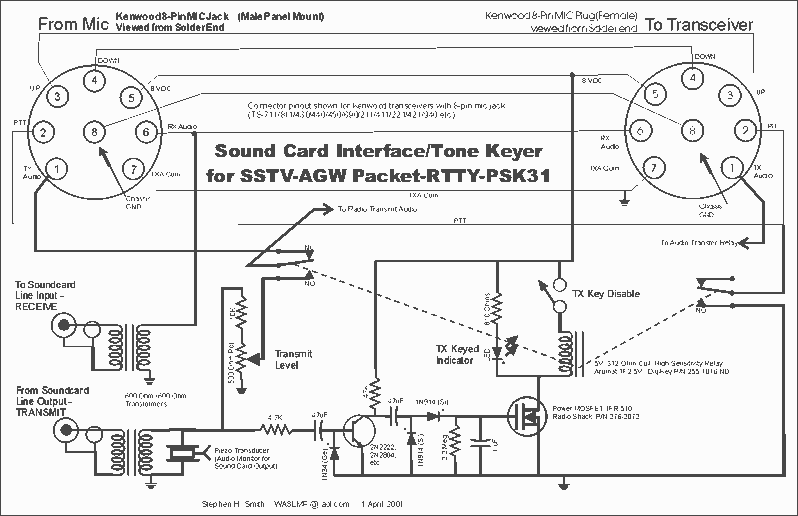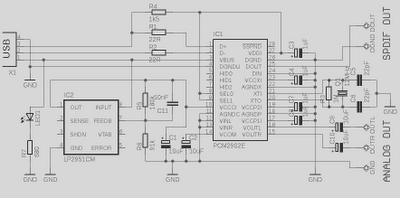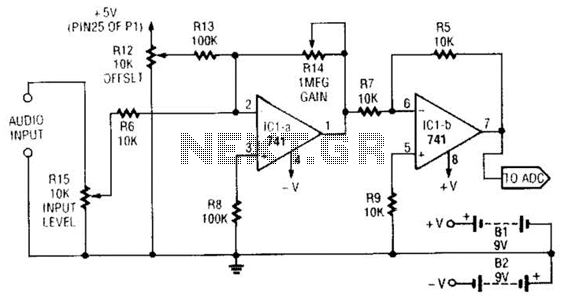
interface keypad with pic12f675

This post provides a simple method to interface any keypad (e.g., 4x4 or 4x3) with the PIC12F675 microcontroller. The code for the PIC12F675 is written in C language.
The interfacing of a keypad with the PIC12F675 microcontroller involves several key components and steps to ensure proper functionality. The PIC12F675 is an 8-bit microcontroller from Microchip Technology, featuring a 10-bit ADC, a 12-bit instruction set, and various I/O pins that can be utilized for interfacing with external devices like keypads.
To begin, the keypad matrix layout must be understood. A typical 4x4 keypad consists of 16 keys arranged in 4 rows and 4 columns. Each key press connects a specific row and column, which can be detected by the microcontroller. The interfacing method involves configuring the microcontroller's GPIO (General Purpose Input/Output) pins to read the state of the keypad.
In the schematic, the rows of the keypad are connected to designated GPIO pins configured as outputs, while the columns are connected to GPIO pins configured as inputs. When a key is pressed, the corresponding row pin is driven low, allowing the microcontroller to detect which key was pressed by reading the input states of the column pins.
The code written in C language for the PIC12F675 typically includes initialization routines for configuring the GPIO pins, setting up the ADC if necessary, and implementing a scanning algorithm to detect key presses. The scanning algorithm involves setting each row pin low in succession and reading the state of the column pins. If a column pin reads low while a row pin is set low, it indicates that the corresponding key is pressed.
Debouncing techniques may also be implemented in the code to ensure that multiple signals are not falsely registered due to mechanical bounce when a key is pressed or released. This can be achieved through software delays or by using additional hardware components.
Overall, the interfacing of a keypad with the PIC12F675 microcontroller is a straightforward process that allows for user input in various applications, such as access control systems, user interfaces, and embedded systems. Properly designed schematics and well-structured code are essential for achieving reliable performance in such applications.This post provides a simple method to interface any keypad (e-g 4x4 or 4x3 etc) with PIC12F675 microcontroller. The code for PIC12F675 is written in C lang.. 🔗 External reference
The interfacing of a keypad with the PIC12F675 microcontroller involves several key components and steps to ensure proper functionality. The PIC12F675 is an 8-bit microcontroller from Microchip Technology, featuring a 10-bit ADC, a 12-bit instruction set, and various I/O pins that can be utilized for interfacing with external devices like keypads.
To begin, the keypad matrix layout must be understood. A typical 4x4 keypad consists of 16 keys arranged in 4 rows and 4 columns. Each key press connects a specific row and column, which can be detected by the microcontroller. The interfacing method involves configuring the microcontroller's GPIO (General Purpose Input/Output) pins to read the state of the keypad.
In the schematic, the rows of the keypad are connected to designated GPIO pins configured as outputs, while the columns are connected to GPIO pins configured as inputs. When a key is pressed, the corresponding row pin is driven low, allowing the microcontroller to detect which key was pressed by reading the input states of the column pins.
The code written in C language for the PIC12F675 typically includes initialization routines for configuring the GPIO pins, setting up the ADC if necessary, and implementing a scanning algorithm to detect key presses. The scanning algorithm involves setting each row pin low in succession and reading the state of the column pins. If a column pin reads low while a row pin is set low, it indicates that the corresponding key is pressed.
Debouncing techniques may also be implemented in the code to ensure that multiple signals are not falsely registered due to mechanical bounce when a key is pressed or released. This can be achieved through software delays or by using additional hardware components.
Overall, the interfacing of a keypad with the PIC12F675 microcontroller is a straightforward process that allows for user input in various applications, such as access control systems, user interfaces, and embedded systems. Properly designed schematics and well-structured code are essential for achieving reliable performance in such applications.This post provides a simple method to interface any keypad (e-g 4x4 or 4x3 etc) with PIC12F675 microcontroller. The code for PIC12F675 is written in C lang.. 🔗 External reference





